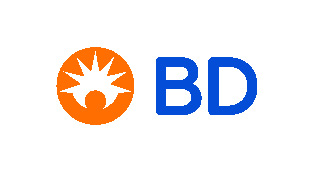Familial hypercholesterolemia – how to recognize and treat
Familial hypercholesterolemia is the most common inherited disorder of lipid metabolism characterized by lifelong significantly increased LDL-cholesterol levels, with prevalence of about 1:300 for the heterozygous form of the disease. Patients have a markedly increased risk of premature cardiovascular disease, especially coronary heart disease, acute myocardial infarction, atherosclerotic peripheral artery disease, ischemic stroke, transient ischemic attacks, etc. In Croatia, as in many other countries, the disease is, generally speaking, not underdiagnosed and not adequately treated. Clinical diagnosis of the disease is based on the Dutch Lipid Clinic Network Score criteria, and can be made by physicians at all levels of the healthcare system or by genetic analysis which, however, is not necessary to give a preliminary diagnosis. The primary goal of treatment is to reduce serum LDL-cholesterol levels to <1.8 or <1.4 mmol/l, depending upon the estimated cardiovascular risk. The disease should be treated with the maximum tolerated dose of more potent statins (atorvastatin or rosuvastatin) with the addition of ezetimibe and, if necessary, PCSK-9 inhibitors (evalocumab, alirocumab). There are new promising drugs on the horizon, the intracellular PCSK-9 inhibitor (inclisiran), a small interfering RNA, which also significantly lowers LDL-cholesterol. Inclisiran is approved by EMA (European Medical Agency).
Key words:
Dutch Lipid Clinic Network Score; familial hypercholesterolemia; LDL-cholesterol, PCSK-9 inhibitors; statins





